As spring unfolds across the Northern Hemisphere, an extraordinary natural phenomenon takes place largely unnoticed by most people: the epic migration of countless bird species across continents and oceans. While many are familiar with the return of robins or the V-formations of Canada geese, some of the most remarkable migration stories belong to lesser-known avian travelers that make journeys so incredible they defy imagination. These overlooked long-distance flyers navigate thousands of miles using the stars, Earth’s magnetic field, and innate biological compasses, often returning to the exact same locations year after year. This spring, paying attention to these unsung migration heroes can not only enrich your understanding of our natural world but also connect you to global conservation efforts and the simple joy of witnessing nature’s most spectacular feats of endurance and navigation.
The Unsung Heroes of Bird Migration
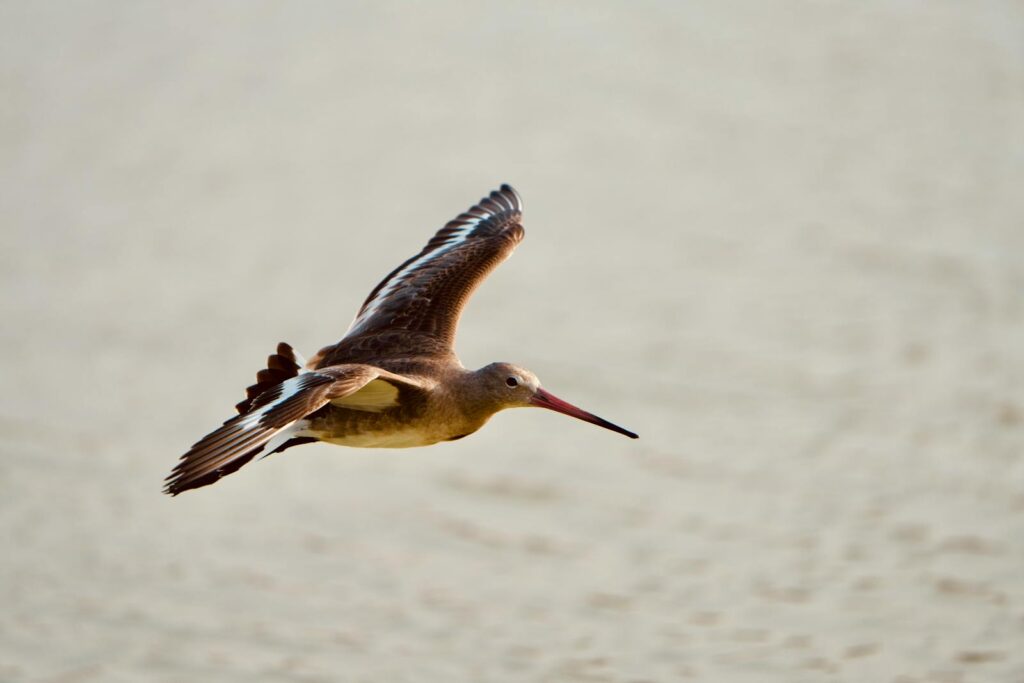
While most people recognize the migration patterns of familiar birds like geese and swallows, countless species make equally impressive—if not more astonishing—journeys each year without fanfare. Birds like the Blackpoll Warbler, weighing less than an ounce, fly nonstop for up to three days over the open Atlantic Ocean during their fall migration. The Bar-tailed Godwit holds the record for the longest nonstop flight of any bird, traveling over 7,000 miles from Alaska to New Zealand without a single break for food or rest. These extraordinary feats happen right over our heads each spring and fall, with many species passing through our neighborhoods, parks, and backyards without most of us ever noticing their presence or comprehending their incredible journeys.
Why Spring Migration Offers Unique Observation Opportunities

Spring migration presents particularly special opportunities for bird enthusiasts and casual observers alike that aren’t available during fall migration. Birds are typically in their vibrant breeding plumage, making identification easier and observations more colorful and striking. Males are often singing to establish territories and attract mates, making them more vocal and noticeable than during their southward journey. The urgency of reaching breeding grounds means many species travel more directly and in more concentrated numbers, creating “fallouts” when weather conditions force large numbers of birds to land in specific areas. Additionally, spring migration often coincides with pleasant weather that makes outdoor observation more enjoyable for humans, creating perfect conditions for discovering these remarkable travelers.
The Arctic Tern: Champion of Global Migration
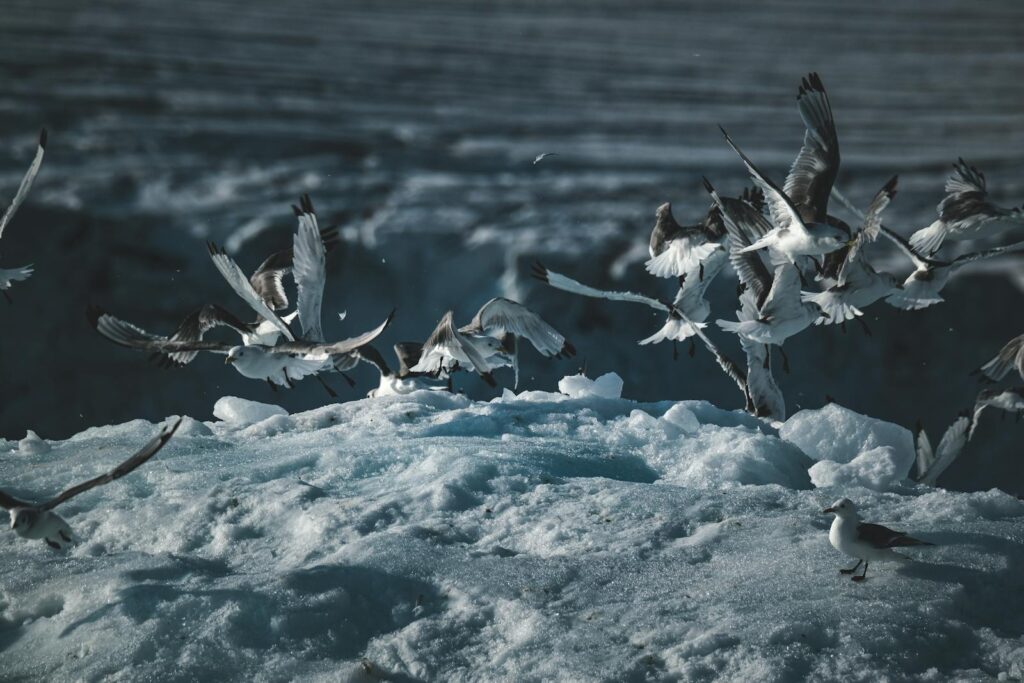
Perhaps no bird exemplifies extreme long-distance migration better than the Arctic Tern, though few people can recognize this remarkable traveler. These medium-sized seabirds complete an annual round-trip migration from the Arctic to the Antarctic and back—a journey of roughly 44,000 miles, equivalent to circumnavigating the Earth twice. Their extraordinary navigation abilities allow them to find their way across featureless oceans to return to the same breeding grounds year after year. By following this lifestyle, Arctic Terns experience more daylight than any other creature on Earth, as they enjoy the summer months in both hemispheres. Spotting these determined travelers along coastlines during their spring migration offers a connection to both poles of our planet and provides a humbling perspective on the interconnectedness of global ecosystems.
The Remarkable Journey of the Rufous Hummingbird
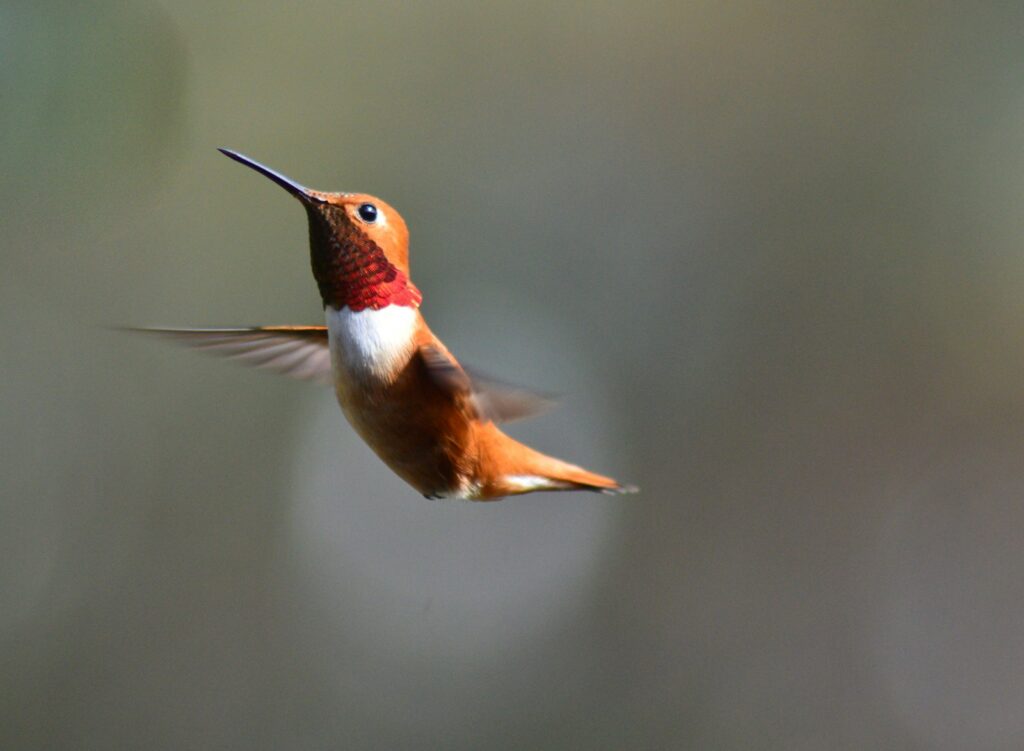
Despite weighing less than a penny, the Rufous Hummingbird completes one of the most impressive migrations relative to body size of any animal on Earth. These tiny powerhouses travel up to 3,900 miles each way between their wintering grounds in Mexico and summer breeding territory as far north as Alaska. Their migration route forms a clockwise loop through the western United States, with many birds traveling up the Pacific coast in spring and returning through the Rocky Mountains in fall. The Rufous Hummingbird’s heart beats up to 1,000 times per minute during flight, and they must consume more than their body weight in nectar each day to fuel their journey. Putting out hummingbird feeders in early spring along the western states can provide critical refueling stops for these determined little migrants whose entire existence seems to defy physical limitations.
How Technology Is Revealing Migration Secrets
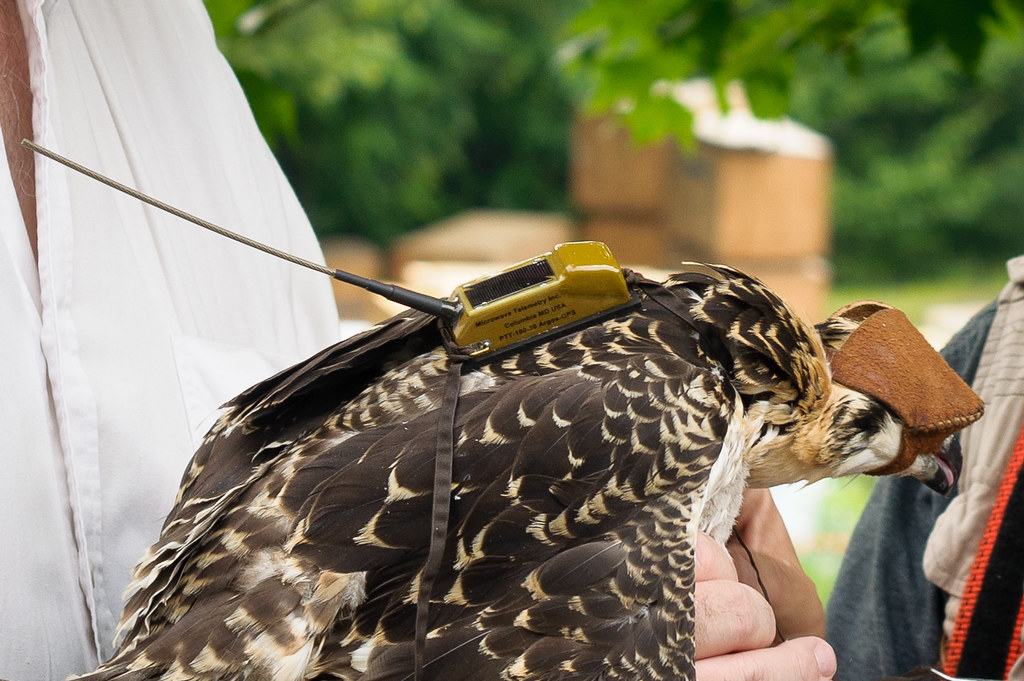
Recent technological advances have revolutionized our understanding of bird migration, unveiling previously unknown aspects of these journeys that make them even more fascinating to follow. Miniaturized GPS trackers weighing less than a paperclip now allow scientists to track individual birds throughout their entire migration cycle, revealing precise routes, stopover locations, and travel speeds with unprecedented detail. Weather radar systems originally designed to track storms now simultaneously capture massive bird migrations, showing real-time movement of millions of birds that can be viewed online through resources like BirdCast. Acoustic monitoring stations record the nocturnal flight calls of passing migrants, documenting species that travel under the cover of darkness. These technological breakthroughs have transformed migration from a mysterious disappearance and reappearance into a trackable, viewable phenomenon that anyone with internet access can now observe and appreciate in real-time.
The Surprising Migration of the Common Swift
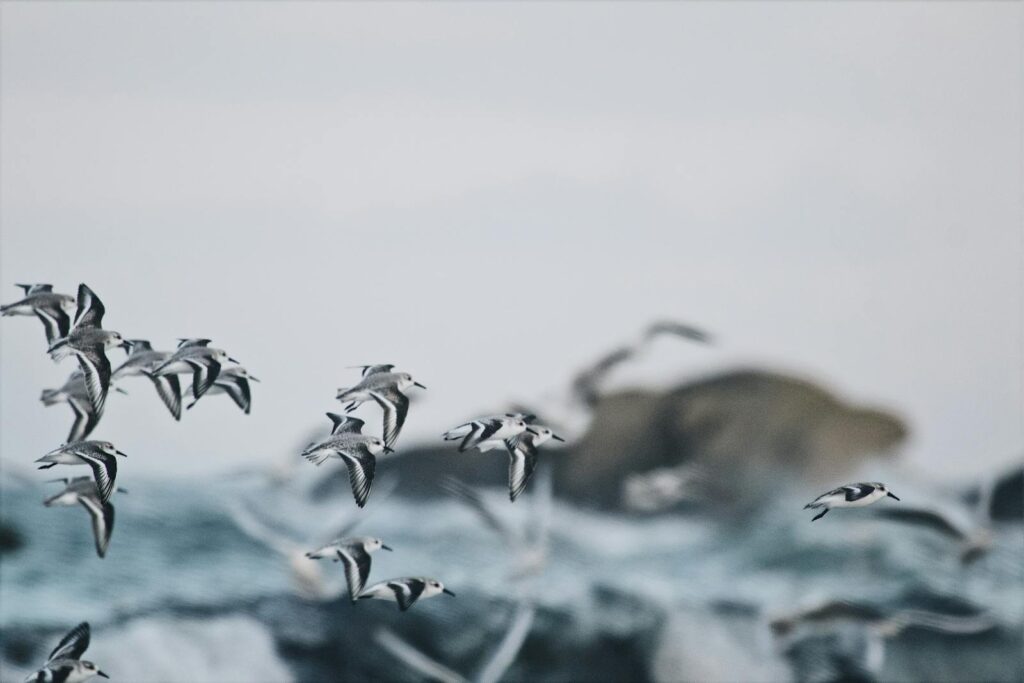
The Common Swift represents one of the most extreme lifestyles of any migratory bird, spending almost their entire lives airborne in a way that seems almost otherworldly. These remarkable birds can stay in continuous flight for up to ten months at a time, eating, drinking, and even sleeping while airborne during their migration between Europe and Africa. Young swifts, once they leave their nest, may stay in continuous flight for three years until they are ready to breed, never once touching down on a solid surface. Their aerial lifestyle is so complete that their feet have evolved primarily for clinging to vertical surfaces rather than walking, making them almost helpless on the ground. Watching for these aerial masters as they return to European cities each spring offers a connection to one of the most specialized and unusual lifestyles in the entire animal kingdom.
Migratory Shorebirds: Masters of Globetrotting
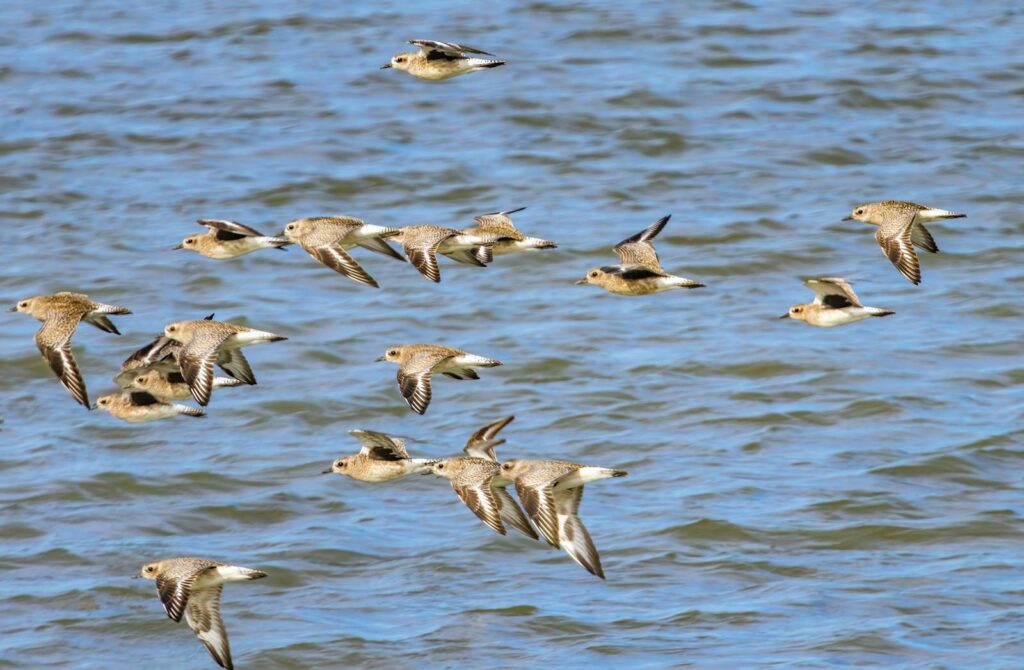
Shorebirds like sandpipers, plovers, and curlews complete some of the most impressive long-distance migrations of any birds, yet most remain anonymous to the general public despite their remarkable journeys. Species like the Red Knot travel from the southern tip of South America to the Canadian Arctic each spring, stopping at specific beaches along the way where their arrival must precisely coincide with horseshoe crab spawning to refuel on eggs. The tiny Semipalmated Sandpiper doubles its body weight at Bay of Fundy stopover sites before departing on a nonstop 3,000-mile flight over the open ocean to South America. These coastal marathoners often congregate in spectacular numbers at critical stopover sites each spring, creating some of nature’s most impressive gatherings. Visiting coastal refuges and estuaries during spring migration can reveal thousands of these birds engaged in frantic feeding to fuel their onward journey northward.
The Mysterious Nighttime Travelers Above Your Home
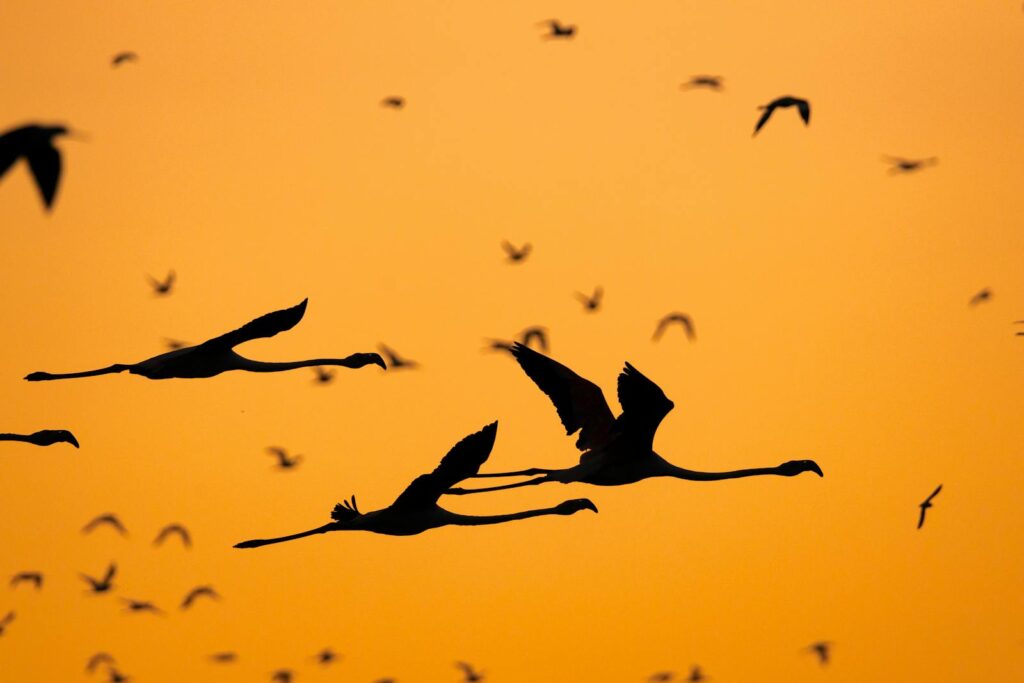
Many of North America’s most accomplished migrants pass over our homes completely undetected because they primarily travel at night when conditions are more favorable. Birds like thrushes, warblers, and sparrows take advantage of cooler temperatures, calmer air, and protection from daytime predators by migrating under the cover of darkness. On clear spring nights, hundreds of thousands of birds may be passing silently overhead while most people sleep, navigating by starlight and the Earth’s magnetic field. Their nocturnal calls—short, simple notes that help maintain flock cohesion—can be heard by attentive listeners who step outside during peak migration periods. Simple activities like turning off outdoor lights during peak migration seasons can help these nighttime travelers navigate more successfully, while dawn birding trips to local parks can reveal birds that descended overnight to rest and refuel before continuing their journey.
How Climate Change Is Affecting Migration Timing
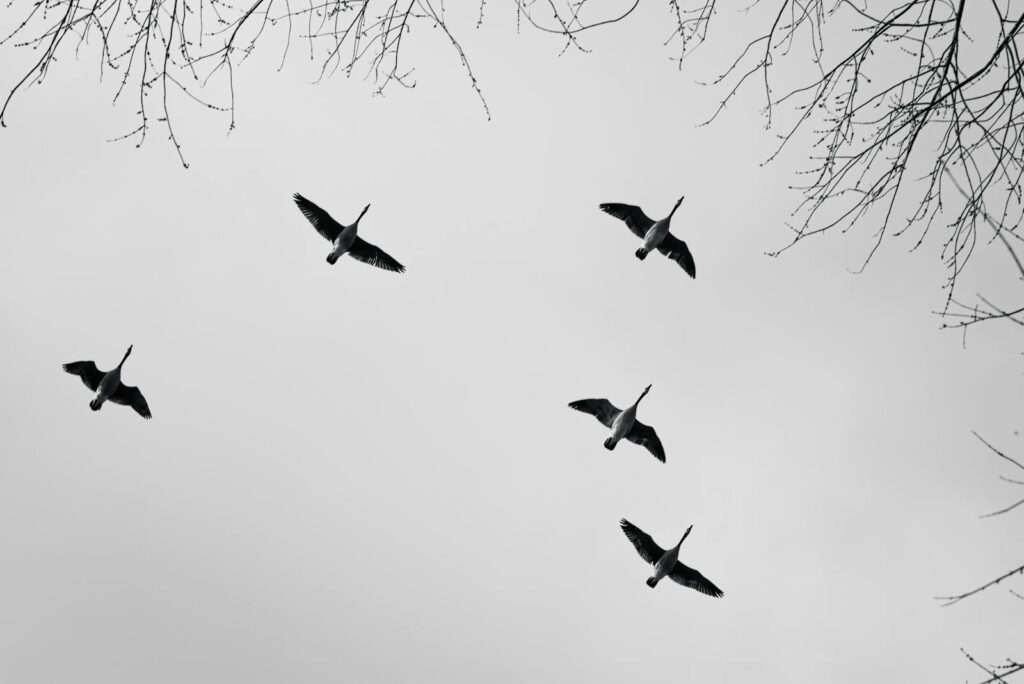
Bird migration represents one of the most visible and well-documented biological responses to our changing climate, making these long-distance flyers important indicators of global environmental shifts. Many migratory species now arrive at breeding grounds 1-2 weeks earlier than they did just decades ago, responding to earlier spring conditions in northern latitudes. This shifting timing creates potential mismatches between birds’ arrivals and the peak availability of their food sources, particularly insects that emerge based on temperature rather than day length. Some short-distance migrants have altered their behavior more drastically, with species like American Robins and Canada Geese now overwintering in areas where they previously would have been absent until spring. Paying attention to when these migrants arrive in your area each spring and comparing observations with historical records provides a tangible, personal connection to broader climate change patterns affecting our planet.
The Critical Importance of Stopover Habitat
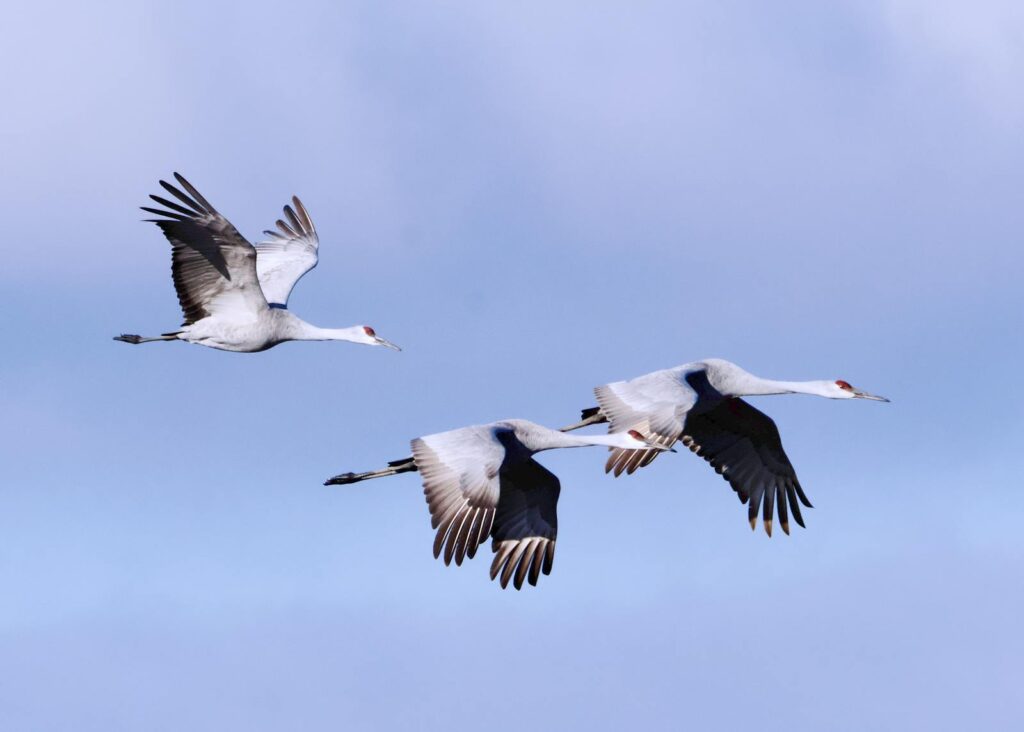
The success of long-distance migration depends not just on the breeding and wintering habitats at either end of the journey, but crucially on the quality of stopover sites along the way. These refueling stations serve as essential pit stops where birds can rest and rapidly replenish fat reserves, sometimes doubling their body weight in just days before continuing their journey. Loss of critical stopover habitat through coastal development, agricultural intensification, and wetland drainage represents one of the greatest threats to migratory birds worldwide. Even small urban green spaces can provide vital resources for tired migrants, making local conservation efforts in cities, suburbs, and rural areas meaningful contributions to global bird conservation. Spring is the perfect time to transform yards and community spaces into migration-friendly habitats by planting native species, creating water features, and minimizing pesticide use that can poison the insects many migrants depend on for refueling.
How to Attract Migrating Birds to Your Backyard
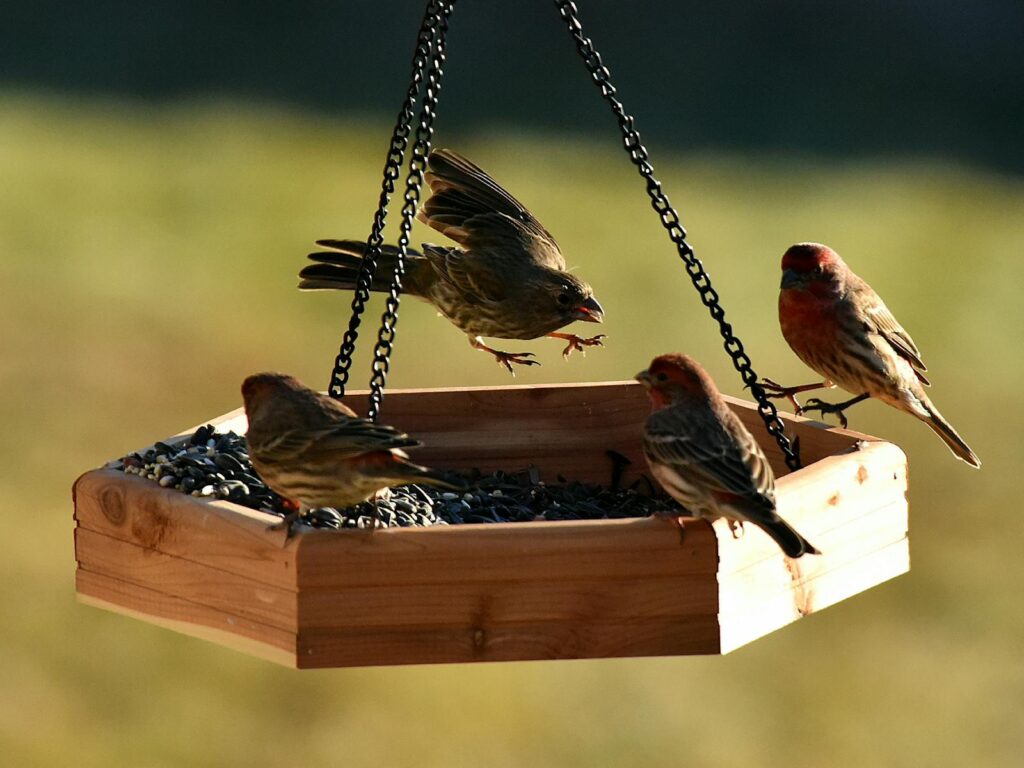
Creating a migration-friendly backyard can turn your property into an important refueling station for tired travelers while providing exceptional opportunities to observe birds you might otherwise never see. Native trees and shrubs that produce early spring berries or harbor emerging insects provide critical nutrition for hungry migrants who have depleted their fat reserves during long flights. Maintaining water features like bird baths or small ponds offers essential drinking and bathing opportunities for birds that may have flown hundreds of miles without access to fresh water. Leaving some areas of leaf litter undisturbed creates foraging habitat for ground-feeding migrants like thrushes and sparrows that probe for invertebrates. Strategic timing of spring gardening activities, such as delaying major pruning or cleanup until after peak migration, ensures your yard remains a haven rather than a disturbance zone during this critical period when birds are most vulnerable and in need of safe resting areas.
Citizen Science: How Your Observations Make a Difference
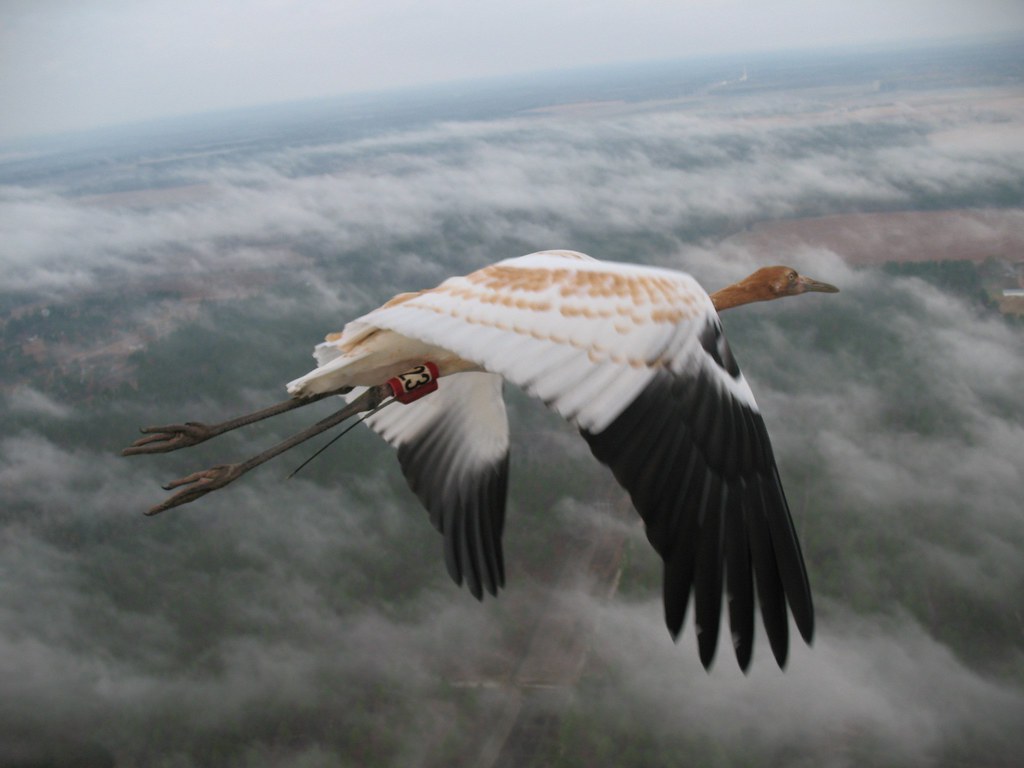
The massive scale of bird migration across continents makes it impossible for professional scientists alone to track and monitor these movements, creating a perfect opportunity for everyday people to contribute meaningfully to our understanding of these natural phenomena. Participating in organized citizen science projects like eBird, where users record bird sightings through a mobile app or website, helps scientists track migration timing, routes, and population trends across the globe. The annual Global Big Day, held each May channels the enthusiasm of tens of thousands of birders worldwide to create a 24-hour snapshot of bird migration and distribution. Even casual observations shared on social media with proper location tagging can alert local birders to unusual migrants and help document shifting patterns. These collective efforts not only advance scientific knowledge but also create community connections between people united by their appreciation for these remarkable natural travelers.
Finding Local Migration Hotspots in Your Area
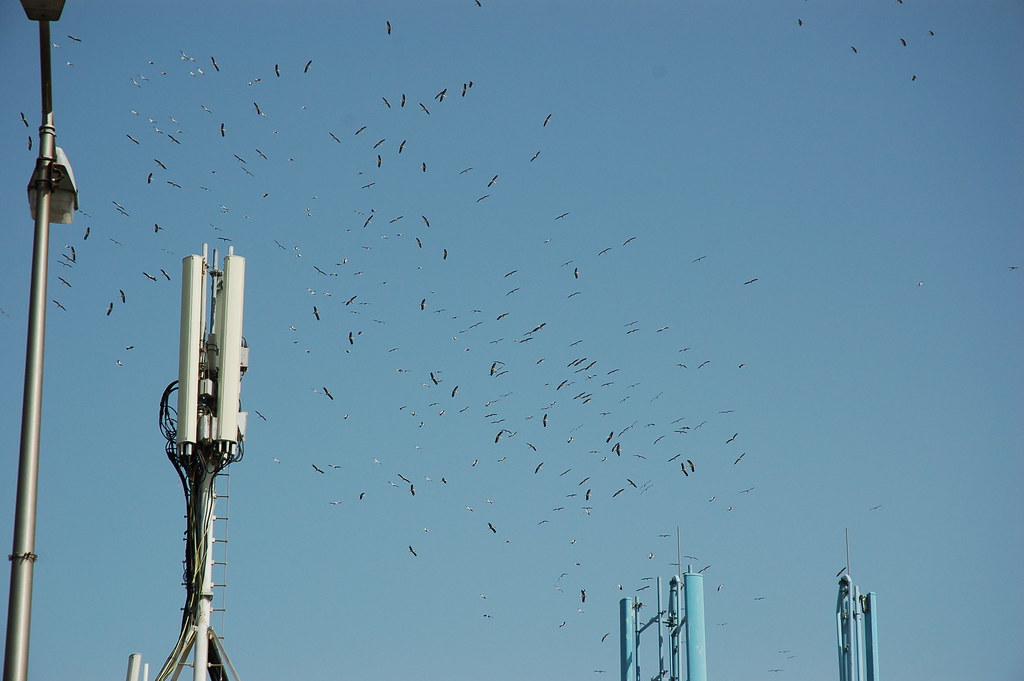
Every region has specific locations where geography and habitat combine to concentrate migratory birds, creating exceptional viewing opportunities for observers. Coastal promontories, mountain ridges, river valleys, and lakeshores often funnel migrants into predictable pathways where birds congregate in impressive numbers during favorable weather conditions. Local Audubon chapters, birding clubs, and nature centers typically maintain information about the best migration hotspots in any given region, often offering guided walks during peak spring migration periods. Many urban parks serve as critical green islands in developed landscapes, attracting surprisingly high concentrations of migrants even in major metropolitan areas. Visiting these hotspots repeatedly throughout spring migration provides opportunities to witness the changing progression of species as different groups make their way northward, from early-season waterfowl to late-arriving flycatchers and warblers.
The Emotional Impact of Witnessing Long-Distance Migration
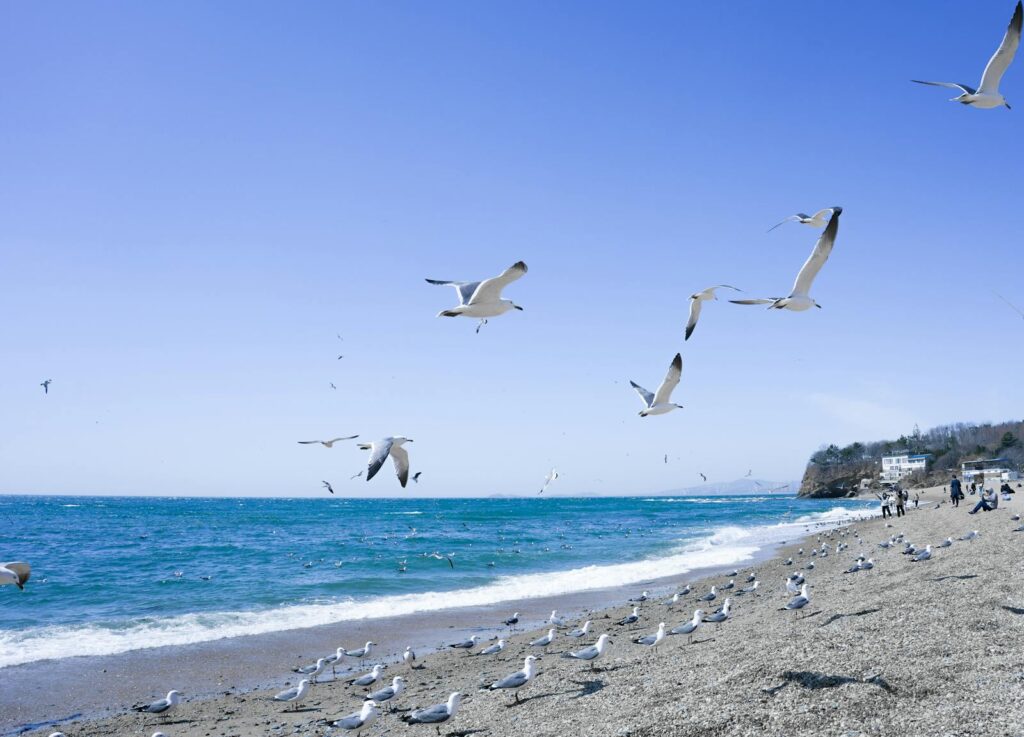
Beyond the scientific and ecological significance, there’s something profoundly moving about witnessing the return of birds that have traveled thousands of miles from distant continents to appear suddenly in our local environments each spring. Standing in a forest as it fills with the songs of newly arrived warblers that were in South America just days earlier creates a visceral connection to global natural processes that transcend human boundaries. The return of the same Osprey pair to a nest site used for decades, after each bird independently navigated thousands of miles from separate wintering territories, speaks to natural fidelity and determination that many find deeply inspiring. These migrations represent one of the few remaining truly wild and uncontrolled natural phenomena still occurring in our increasingly managed world. The sense of anticipation, wonder, and celebration that comes with witnessing these ancient journeys offers a form of connection to the natural world that becomes increasingly precious in our technology-dominated lives.
As spring unfolds this year, taking time to notice and appreciate these remarkable long-distance travelers enriches our connection to the natural world in profound ways. These birds represent living links between continents, carrying the dust of the Amazon, the salt of the Caribbean, or the sand of the Sahara on their feathers as they arrive in our neighborhoods. Their journeys remind us that despite our human tendency to divide the world into countries and regions, the natural world remains interconnected across vast distances. By learning to recognize even a few of these remarkable migrants, you gain a window into one of nature’s most spectacular phenomena happening right above your head. Whether you’re an experienced birder or simply someone who appreciates natural wonders, the return of these tenacious travelers each spring offers moments of connection and inspiration available to anyone willing to simply look up and pay attention.
